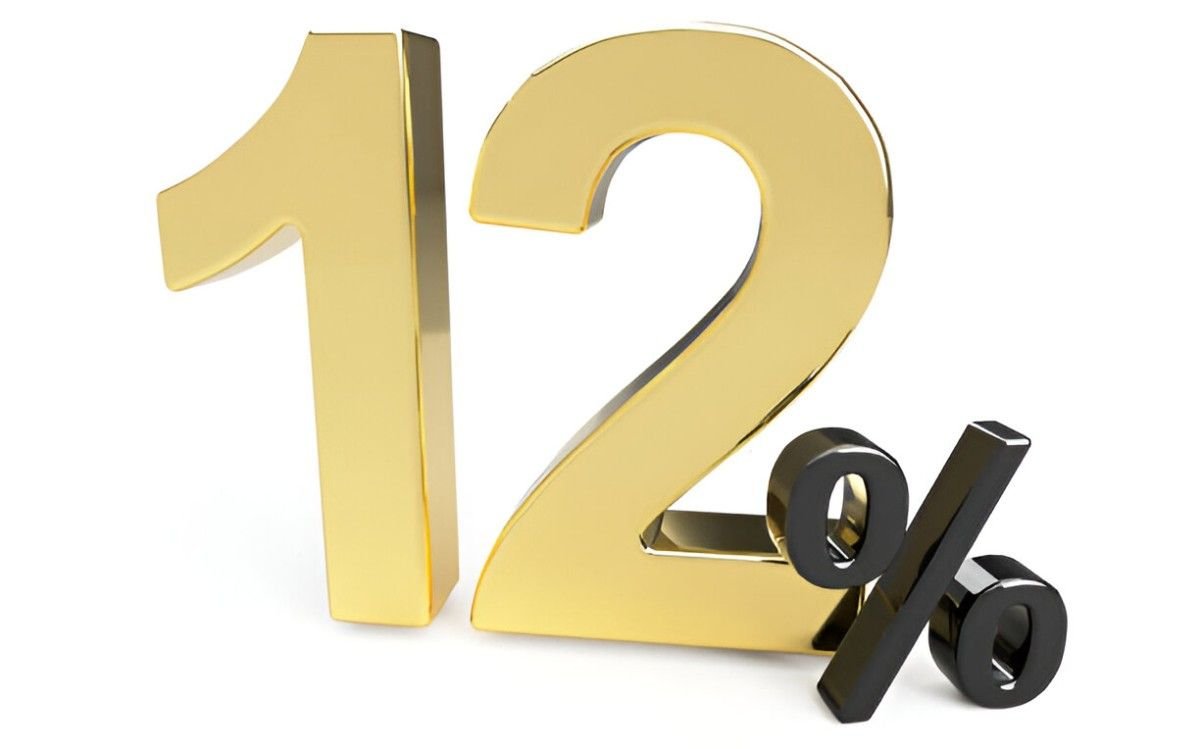When I consider investing a lump sum like $20,000 in a mutual fund, one key question I ask myself is: how much can this investment grow over time if it earns 12% annually? In this article, I’ll walk through the math, realistic expectations, risks, and examples to understand the power of compound growth with a 12% return rate.
Table of Contents
Why 12%? Is It Realistic?
Historically, the U.S. stock market’s average annual return, including dividends, has been around 7–10%. Some aggressive mutual funds, especially those focused on growth stocks or emerging markets, can return 12% or more during strong periods. But it’s important to understand that higher returns come with higher risk and volatility.
I choose 12% here to illustrate the potential growth under optimistic but not impossible conditions.
The Power of Compound Interest
The formula to calculate the future value (FV) of a one-time investment with compound interest is:
FV = PV \times (1 + r)^tWhere:
- PV = Present value (initial investment, $20,000)
- r = annual rate of return (0.12)
- t = number of years
Example: Growth of $20,000 Over Different Periods
| Years | Calculation | Future Value |
|---|---|---|
| 10 | 20{,}000 \times (1 + 0.12)^{10} = 20{,}000 \times 3.106 = | $62,120 |
| 20 | 20{,}000 \times (1 + 0.12)^{20} = 20{,}000 \times 9.646 = | $192,920 |
| 30 | 20{,}000 \times (1 + 0.12)^{30} = 20{,}000 \times 29.960 = | $599,200 |
| 40 | 20{,}000 \times (1 + 0.12)^{40} = 20{,}000 \times 93.051 = | $1,861,020 |
That means if I invest $20,000 today at 12% annual returns, in 40 years it could grow to over $1.8 million.
Breaking Down the Math for 30 Years
Let me explain the 30-year case in more detail:
FV = 20{,}000 \times (1 + 0.12)^{30}Calculate:
(1 + 0.12)^{30} = (1.12)^{30} \approx 29.960So,
FV = 20{,}000 \times 29.960 = 599{,}200This means my original $20,000 could multiply nearly 30 times.
Adjusting for Inflation
Inflation reduces the purchasing power of future money. If inflation averages 3%, then the real rate of return is:
r_{\text{real}} = \frac{1 + r_{\text{nominal}}}{1 + i} - 1 = \frac{1.12}{1.03} - 1 = 0.0874 \text{ or } 8.74%Recalculating the 40-year growth with this real return:
FV = 20{,}000 \times (1 + 0.0874)^{40} = 20{,}000 \times 26.959 = 539{,}180So the $1.86 million in nominal dollars is about $539,000 in today’s dollars.
Risk and Volatility
I want to stress that a 12% return is not guaranteed. Mutual funds with such high returns can swing widely — losing 20% or more in a bad year isn’t uncommon. That’s why I think about:
- My risk tolerance
- Investment horizon (how long I can leave money invested)
- Diversification across sectors and asset classes
Summary Table: Growth of $20,000 at 12% vs. 8%
| Years | 12% Return | 8% Return |
|---|---|---|
| 10 | $62,120 | $43,985 |
| 20 | $192,920 | $96,463 |
| 30 | $599,200 | $211,650 |
| 40 | $1,861,020 | $464,158 |
Clearly, the difference between 8% and 12% compounds dramatically over time.
Final Thoughts
If I invest $20,000 in a mutual fund returning 12% annually and hold for 40 years, I could be looking at nearly $1.9 million before inflation adjustment. That shows the power of compound interest and why starting early matters so much.
Of course, real investing is more complex. Market fluctuations, fees, taxes, and inflation all chip away at returns. Still, this example motivates me to seek growth while managing risk carefully.





